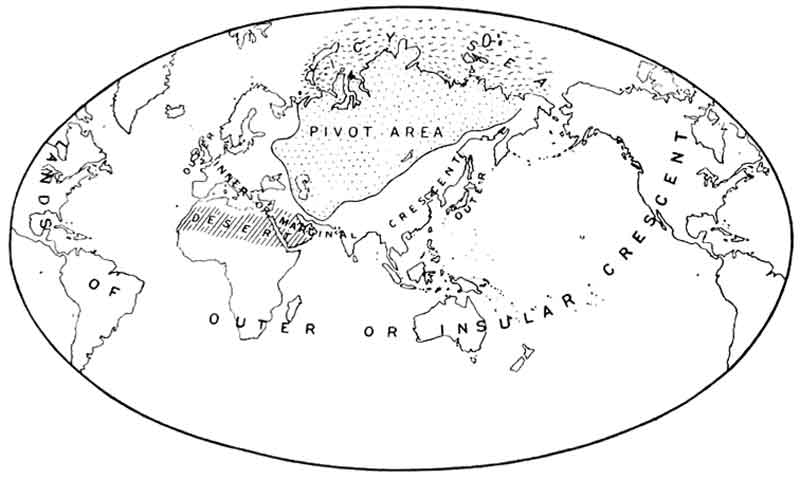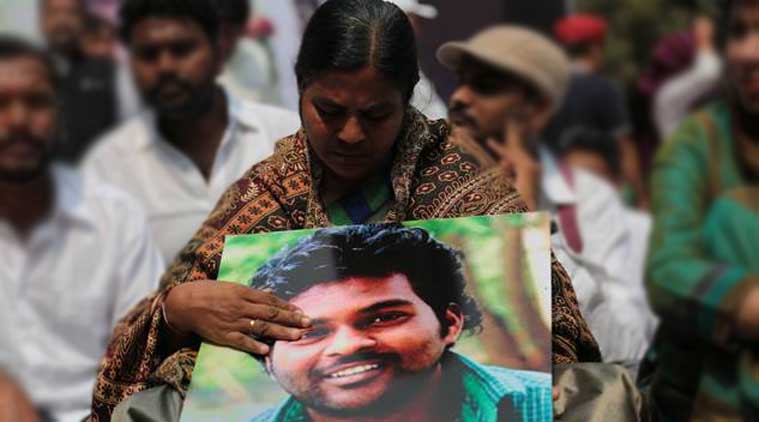
To suggest that the current conflict in Gaza and Israel between Palestinians and Israelis is related in any way to animism would seem not only highly unlikely but even preposterous. How could an ancient religion like animism, with its many gods embedded within objects like the sun, moon or storms, let alone rituals conducted by shamans, have any connection or causal relationship to the latest and most horrific round of bloodletting between these two peoples, both of whom adhere to monotheistic faiths?
However, what cannot be denied is that the current conflict, for all its many complexities, does have a clear connection to religion. Further, as international economist Dr. Rodrigue Tremblay has noted, “The worst and everlasting human conflicts seem to be those that are fought within the context of a religious war.” Granted this, the question remains what is the connection between the polytheistic religion of animism and the current conflict in the Middle East or, for that matter, the many minor and major conflicts throughout the world that have a religious component?
To understand this connection, it is necessary to reflect on what is now considered to be one of the oldest expressions of the religious impulse. The illustration at the beginning of this article depicts a python snake carved into the entrance of a cave. It belongs to the San tribe who even now inhabit the Kalahari desert in north-western Botswana. The San have a creation myth according to which mankind descended from a python. They believe the ancient, arid streambeds around the Tsodilo hills, the only peaks in the desert, were created by a python as it circled the hills in its ceaseless search for water. In the otherwise dry Kalahari desert nothing could be more important than the ritual worship of the python in order to ensure a plentiful water supply for the tribe. The ritual worship taking place in the cave is believed to have consisted of burning perfectly formed arrow heads as a sacrifice to the python deity. The arrowheads excavated in the cave were dated to as far back as 70,000 years ago.
While readers may find this interesting, what does it have to do with the Israeli-Palestinian conflict? The critical connection comes from the fact that the rituals, and the benefits derived therefrom in the form of water, were directed toward the well-being of the entire tribe rather than the individual tribal member. By comparison, contemporary religion appears to be a matter of individual choice, with the benefits of faith accruing to the individual believer and only secondarily to the community if at all.
There is, of course, ample historical justification for the belief that adherence to today’s universal religions is regarded as a matter of individual choice. The German philosopher Karl Jaspers gave the name “Axial Age” to a time of breakthrough within world history in which heretofore communal or tribal-oriented religion was redirected to give both universal validity to its object of worship as well as the individual, thereby providing a new locus of identification, one that transcended prior limits of tribe, region, and state. Jaspers claimed this breakthrough occurred in a variety of locations from about the 8th to the 3rd century BCE. He regarded it as a simultaneous, yet independent, development that occurred in a number of different and separate societies, including China, India, Iran, Israel, and Greece.
But what happened to the prior communal or tribal-centered religion? Did it simply disappear? I suggest it did not. Instead, it remained available when needed, on call if you like, especially when the tribal entity, i.e., today’s ‘nation’ or ethnic group, came under threat from outside forces, especially the threat posed by warfare. One of the more benign expressions of this remaining communal emphasis can be seen in the manner in which all American presidents inevitably end their speeches, i.e., “God bless America” rather than the more inclusive or universal invocation, “God bless all peoples.”
On the other end of the scale, one can see the communal or nation-centered invocation of God being used to eulogize killing. Observing the daily carnage in France during World War I, P. H. Pearse, an Irish nationalist, wrote:
“The last sixteen months have been the most glorious in the history of Europe. Heroism has come back to the earth. It is good for the world that such things should be done. The old heart of the earth needed to be warmed with the red wine of the battlefield. Such august homage was never before offered to God as this, the homage of millions of lives given gladly for love of country.”
Needless to say, the age-old war-related adage “For God and Country” continues to reverberate to this day where, among others, it serves as the motto of the US Army chaplaincy. This adage essentially reflects the oft invoked propensity to conflate the deity of one’s faith with one’s country, with the added, if unspoken, belief that the deity will ‘bless’ one’s nation with victory. For so long as the belief persists that the deity ensures victory for one’s nation, is there any realistic hope that humanity will ever move beyond religion-invoked, endless conflict?
It can, of course, be argued that this is the way humans have acted for millennia and, based on current events, there is little reason to imagine that this will change anytime soon. Except for one difference – the creation of ever more powerful atomic weaponry demonstrates that we humans are now fully capable of bringing an end to civilization if not the entire human race.
Thus, the question becomes one that asks whether human beings can afford to continue tribalizing or otherwise nationalizing their respective deities in pursuit of victory or the well-being of only their own nation? Does continuing on this path not ensure that, sooner or later, a nuclear-armed nation, especially one facing defeat in conventional warfare, willresort to the use of nuclear weapons?
In the aftermath of WW II, Captain Gustave Gilbert, a Jewish Army psychologist at the Nuremberg trials of 1945-46, noted that the Nazi war criminals on trial had an incapacity to feel with their fellow men. “Evil, I think, is the absence of empathy,” he said. Is not the heart of the current conflict between Israeli Jews and majority Muslim Palestinians the same absence of empathy on both sides? After centuries of discrimination at the hands of mostly Christian nations, including the Holocaust, is it surprising that the Jewish people would seek a land in which they can feel secure, free from oppression? Or is it any less surprising that the Palestinian people would resist their dispossession from the land they have called home for generations if not centuries?
The solution of course is clear, i.e., both peoples must find the courage to empathize with the other, finding a solution that meets, if only imperfectly, the needs of both peoples. In essence this means recognizing the humanity they share in common, recognizing that their respective deities are concerned about the well-being of all “God’s children.” Understood in this way it becomes clear that the solution to the current Israeli-Palestinian conflict is not limited to these two peoples alone. Instead, it represents a challenge to us all, especially those who invoke the tribalized deities of their respective faiths in pursuit of the well-being of their own nation, first and foremost.
For this reason, the resolution of the current Israeli-Palestinian conflict will serve as a litmus test for determining whether humanity has the capacity to move beyond a tribalized faith, one that recognizes that the well-being of others is as vitally important as the well-being of one’s own people. In other words, are we prepared, after many millennia of human development, to take the next, and ultimate, step in the development of our species, i.e., recognizing our common humanity and working together or, on the contrary, will we perish together in the embrace of our tribalized deities. The choice is ours.
Brian Victoria, Ph.D., Senior Research Fellow, Oxford Centre for Buddhist Studies









































